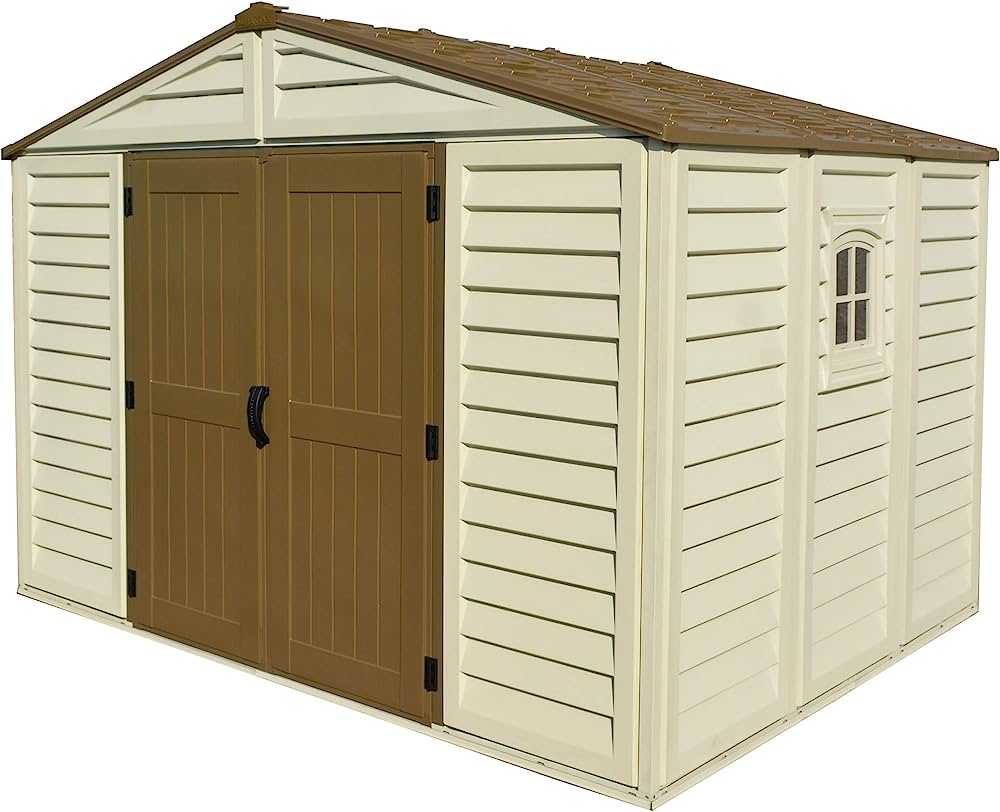Installing vinyl flooring over existing floors can be a cost-effective and easy way to give your home a fresh new look. However, there are some important things to consider before getting started to ensure a successful installation. In this article, we will guide you through the steps of how to install vinyl flooring over existing floors and provide tips to help you achieve a professional-looking finish.
Preparing the Existing Floor
Before installing your new vinyl flooring, you need to prepare the existing floor. The first step is to ensure that the floor is level, clean, and dry. Any bumps or unevenness in the existing floor will be visible through the vinyl flooring and can cause damage to the new flooring over time.
To level the existing floor, use a leveling compound. Follow the instructions on the product packaging carefully and ensure that the compound is completely dry before proceeding to the next step. Once the compound is dry, sand the surface until it is smooth and level.
Next, clean the floor thoroughly to remove any dirt, dust, or debris. You can use a broom, vacuum cleaner, or mop to clean the surface. It is important to remove any adhesive residue, as this can affect the adhesion of the new vinyl flooring.
Finally, make sure that the existing floor is completely dry before proceeding. Use a moisture meter to check the moisture levels of the floor. If the moisture levels are too high, you may need to use a dehumidifier to dry the area out.
Choosing the Right Vinyl Flooring
Choosing the right type of vinyl flooring is essential for a successful installation. There are two main types of vinyl flooring: sheet vinyl and luxury vinyl tiles (LVT). Sheet vinyl is a continuous roll of vinyl that is laid down in one piece, while LVT is made up of individual tiles or planks.
Sheet vinyl is a popular choice for larger areas as it can be installed quickly and is available in a wide range of styles and colors. LVT is more durable than sheet vinyl and can be installed in areas with heavy foot traffic or where water is present, such as kitchens and bathrooms.
When choosing your vinyl flooring, consider the thickness, wear layer, and pattern. The wear layer is the top layer of the vinyl flooring and determines its durability. A thicker wear layer will provide better protection against scratches and stains. The pattern of the vinyl flooring should also be considered to ensure that it complements the overall design of your home.
Installing the Vinyl Flooring
Now that you have prepared the existing floor and chosen the right vinyl flooring, it is time to install the new flooring. Here are the steps to follow:
- Measure the room to determine the amount of vinyl flooring you will need. Add an extra 10% to allow for waste and cutting.
- Cut the vinyl flooring to the required size using a sharp utility knife. It is important to measure and cut carefully to ensure that the vinyl flooring fits snugly against the walls.
- Apply adhesive to the existing floor using a trowel. Follow the manufacturer’s instructions carefully.
- Lay the vinyl flooring in place, starting in one corner of the room and working your way across. Use a roller to press the vinyl flooring firmly into place and remove any air bubbles.
- Trim the edges of the vinyl flooring using a sharp utility knife. Be careful not to cut into the walls or baseboards.
- Install any trim or molding to cover the edges of the vinyl flooring and give the room a finished look.




